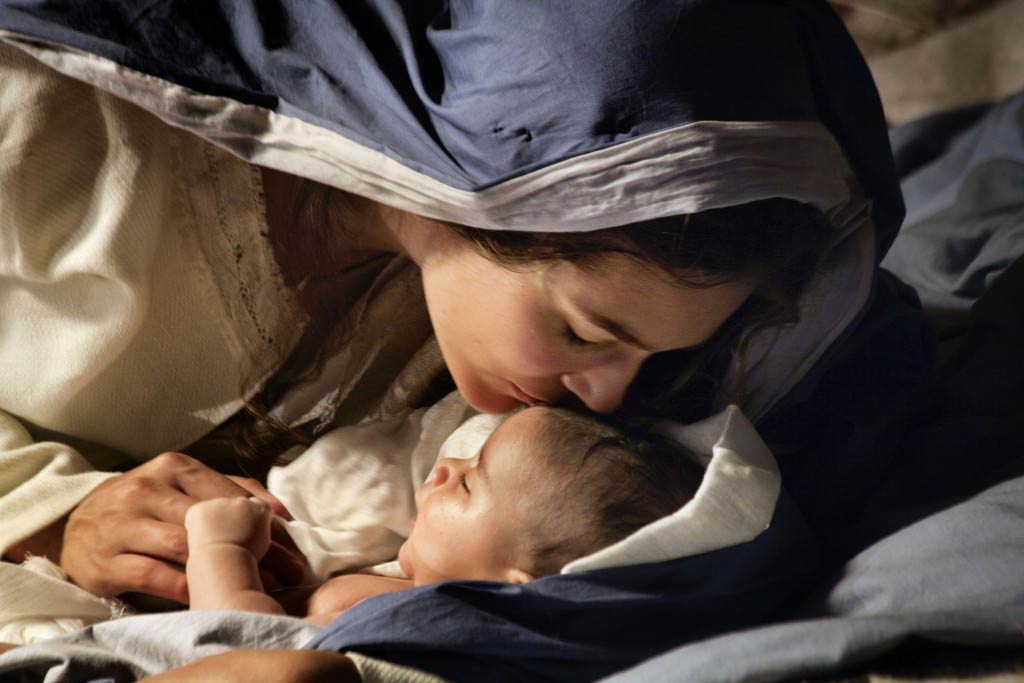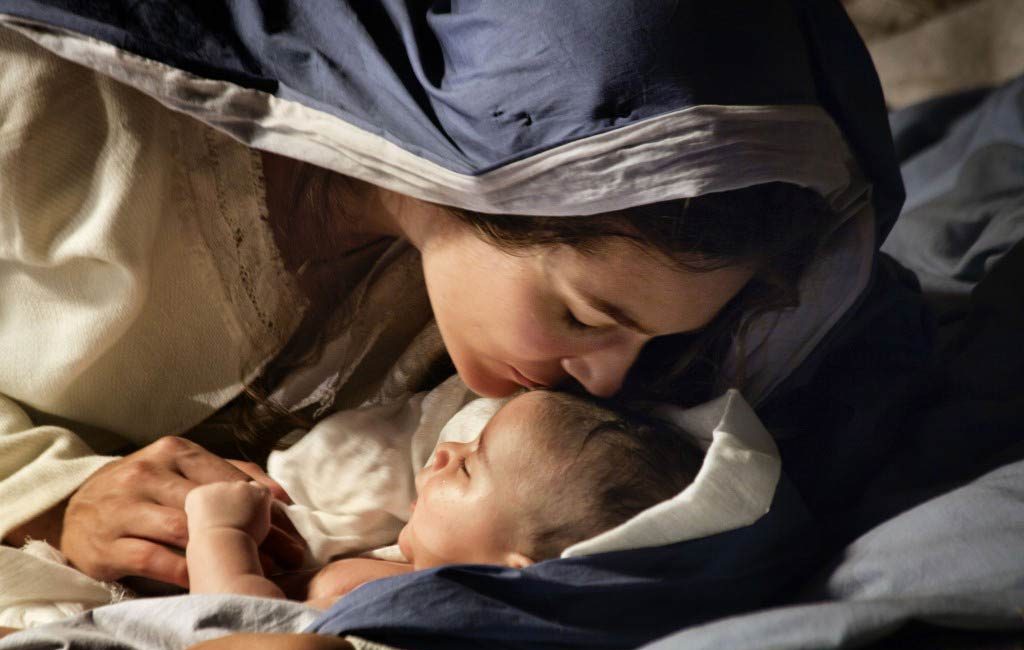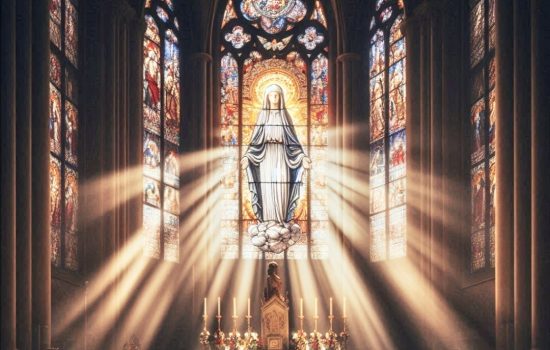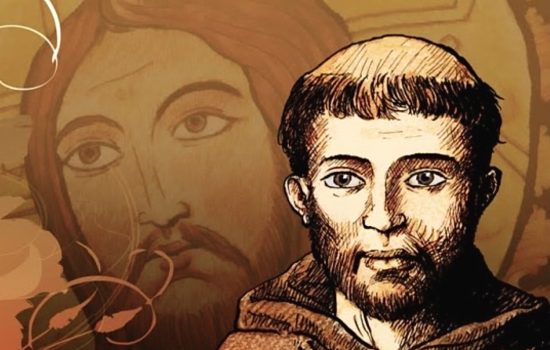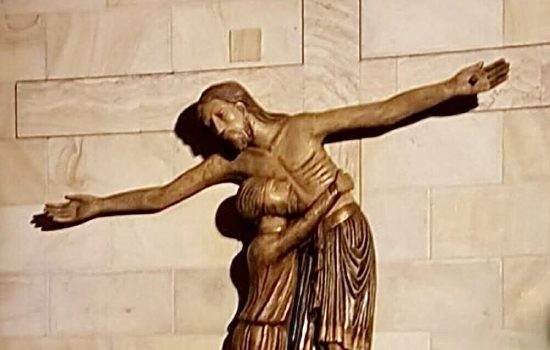The word mother is all at the same time: sacred and earthly, dawn and sunset, puzzle and prize, church bells and silence, warrior and peace-maker…She is like fertile soil, always fostering growth yet ready to bury the dead, untiringly perpetuating life, through dying generations after generations on end.
In order to fulfill these heavenly and terrestrially destinies at the same time, and in order for a mother to be a mother, she must renounce and lose her personality, and bury herself in some anonymous state in the onslaught of generations. The mother seems to have no personal identity; she is simply Perez’s wife, Johnny’s mommy. Essentially she gives herself.
But similarly, like at the hour of giving birth when she is modestly “behind the curtain,” all the heroism of the mother passes by, barely noticed in a modest simplicity devoid of poignancy. She suffers silently. She cries secretly. At night she keeps watch. During the day, she works. She is the candle holder. The children are the candles. She gives life as the earth does: silently. That’s the source of her beauty and grandeur.
In the case of Mary shines a light on what we have described as the eternal essence of motherhood. The portrayal of Mary as the Mother assumes and resumes the pain, the struggle, and the hopes of the infinite number of mothers who have eternalized life on earth.
Mary, according to the biblical narrative is situated at a central intersection between man and God. The Son of God receives His human nature and enters into the world through this channel.
The changeless doctrine of the Church teaches without equivocation that Jesus Christ is the Son of Mary. In the way that any mother takes care of the fruit of her womb, Mary was in charge of the human nature within her, with which the Word of God was identified; and the fruit was Jesus Christ.
Mary kept the knowledge of this singularity shining brightly in her conscience more than ever, and even more so, as she realized gratefully and intensely the distance between the majesty of her Lord and the littleness of His servant.
Again we see that Mary, as Mother, is next to the Christ Who is the center of the convergence of the history of salvation.
Excerpts from the book The Silence of Mary by father Ignacio Larrañaga
